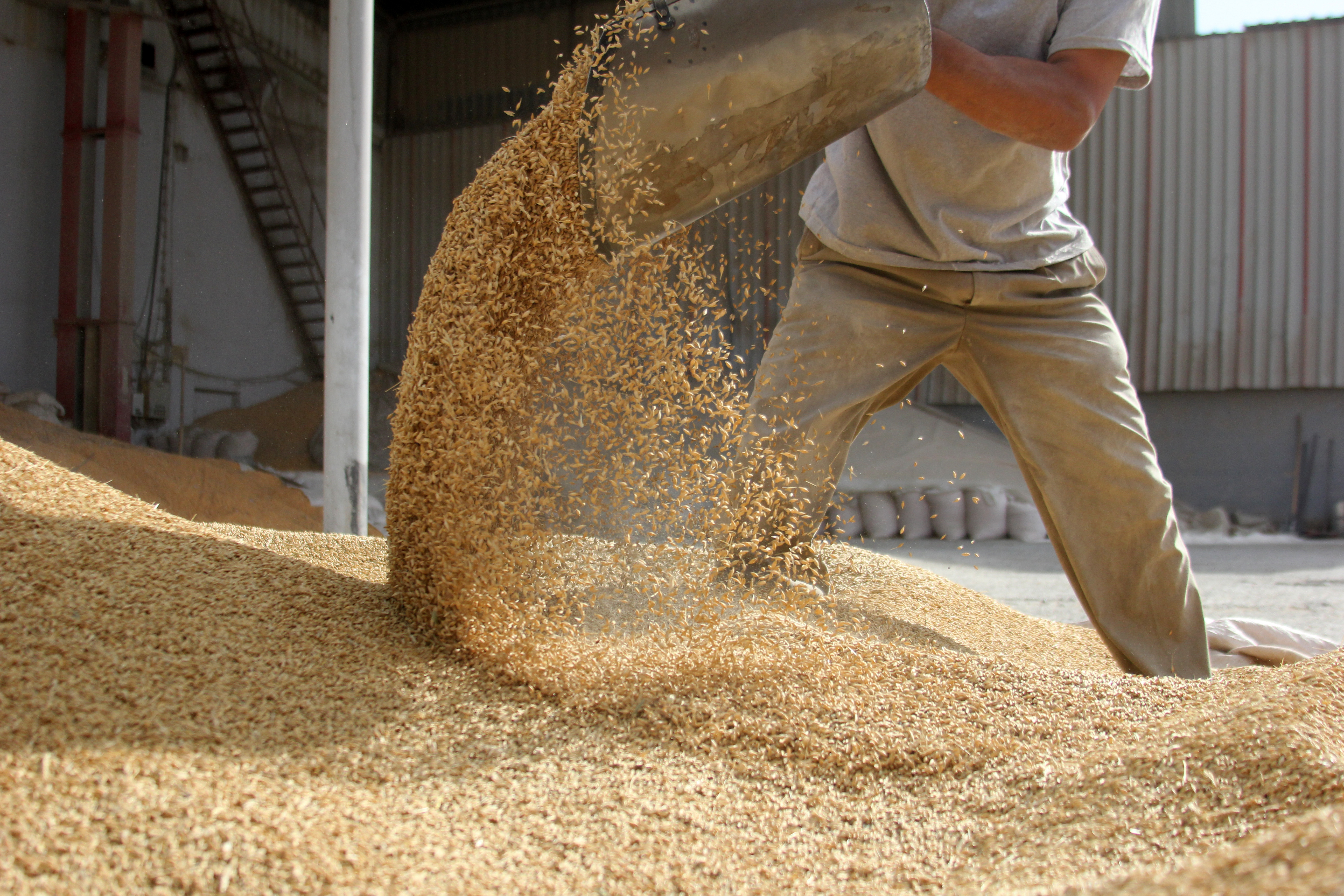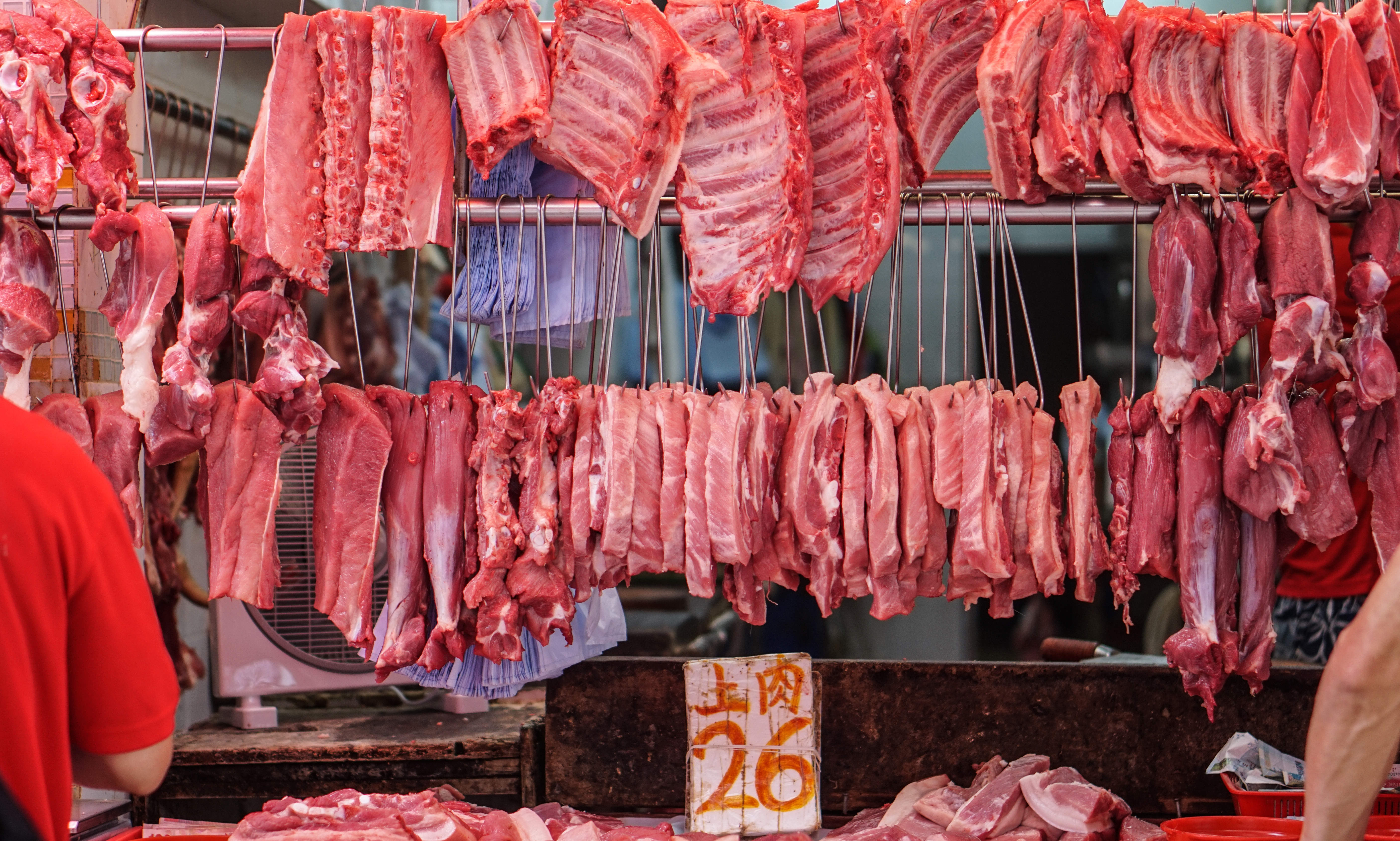



Global food price index rises 5 percent year-on-year in September
Data from the FAO’s newly released world food price index shows that food prices rose for a fourth straight month in September.Reuters reports that the growth in global food prices was led by strong increases for cereals and vegetable oils.
The Food and Agriculture Organisation's food price index, which measures monthly changes for a basket of cereals, oilseeds, dairy products, meat and sugar, averaged 97.9 points last month versus a downwardly revised 95.9 in August.
The August figure was previously given as 96.1.
The Rome-based FAO also said in a statement that worldwide cereal harvests remained on course to hit an annual record in 2020, even though it slightly trimmed its previous forecasts.


The agency's cereal price index rose 5.1 percent in September from the month before and 13.6 percent above its value a year earlier.
"Higher wheat price quotations led the increase, spurred by brisk trade activity amid concerns over production prospects in the southern hemisphere as well as dry conditions affecting winter wheat sowings around Europe," FAO said.
Maize, sorghum and barley prices rose, while rice fell 1.4 percent as fresh demand slowed.
The vegetable oil price index climbed 6.0 percent month-on-month, thanks largely to rising palm, sunflowerseed and soy oil quotations, reaching an 8-month high.
The dairy index was little changed on the month, with moderate increases in price quotations for butter, cheese and skim milk powder offset by a fall in those of whole milk powder.
Average sugar prices fell 2.6 percent from August, reflecting expectations of a global production surplus for the new 2020/2021 season.
The meat index dipped 0.9 percent month-on-month and was down 9.4 percent year-on-year, with quotations for pig meat dropping on the back of China's move to ban imports from Germany following the detection of African swine fever in Europe's largest economy.


FAO revised down its forecast for the 2020 cereal season by 2.5 million tonnes, reflecting lower expectations for the output of global coarse grains.
However, despite this reduction, the agency still expected a record harvest this year of 2.762 billion tonnes, up 2.1 percent on 2019 levels.
The forecast for world cereal utilisation in 2020/21 was put at 2.744 billion tonnes, down 2.8 million tonnes since September, but still 54.5 million tonnes above the 2019/20 estimate. The forecast for world cereal stocks by the close of seasons in 2021 was 890 million tonnes, down 5.9 million tonnes from the previous estimate but still representing a record high.









